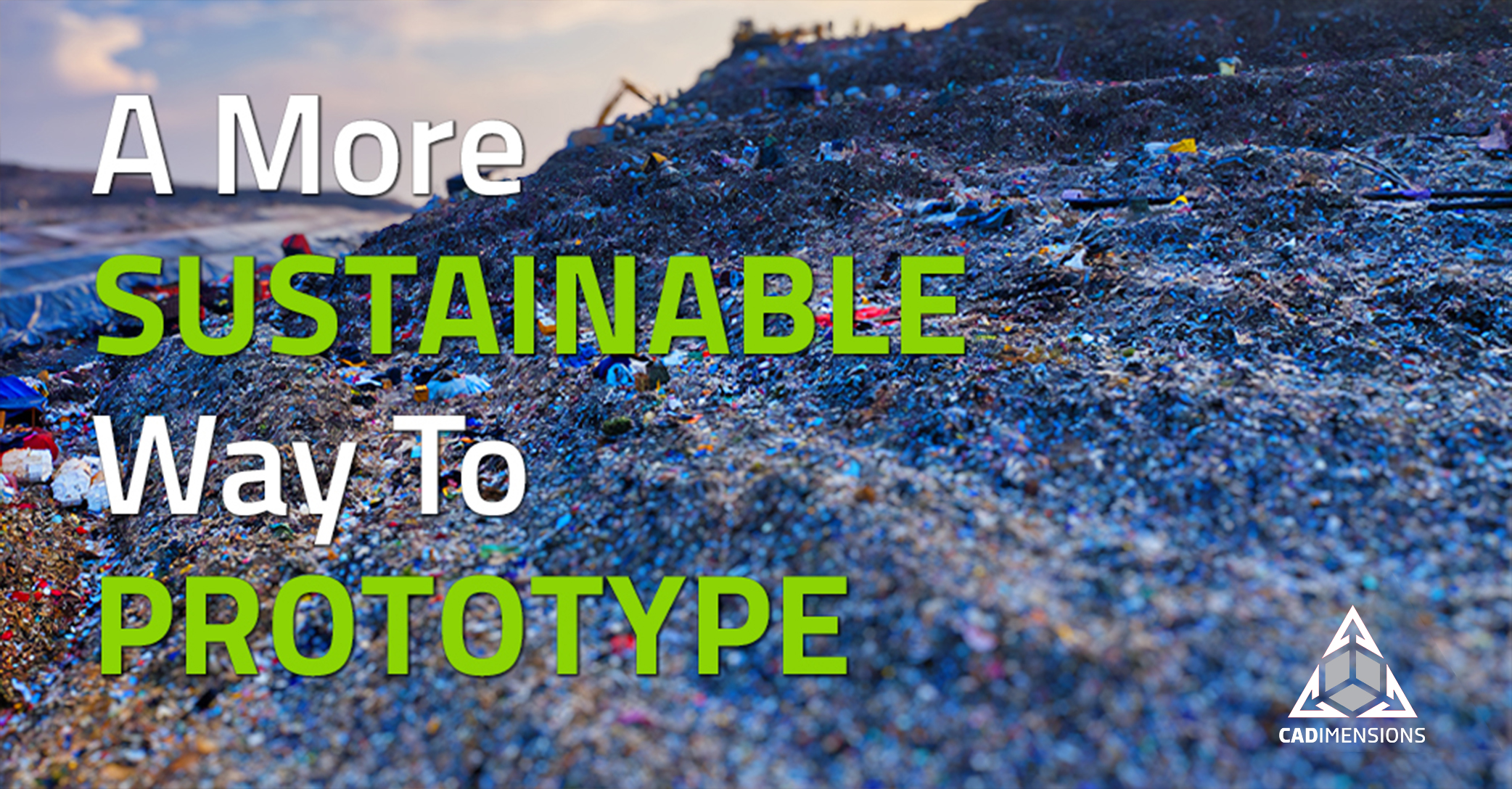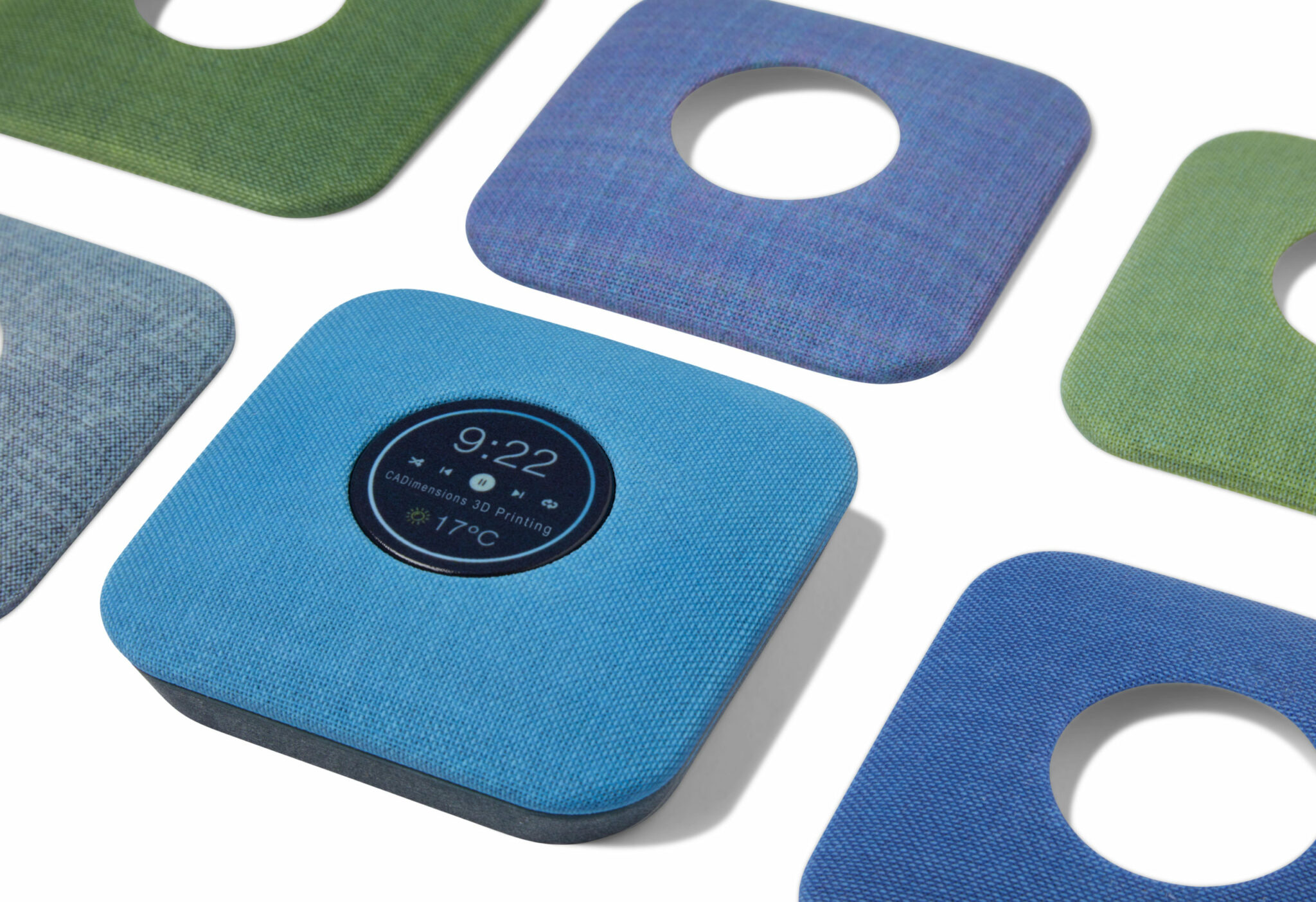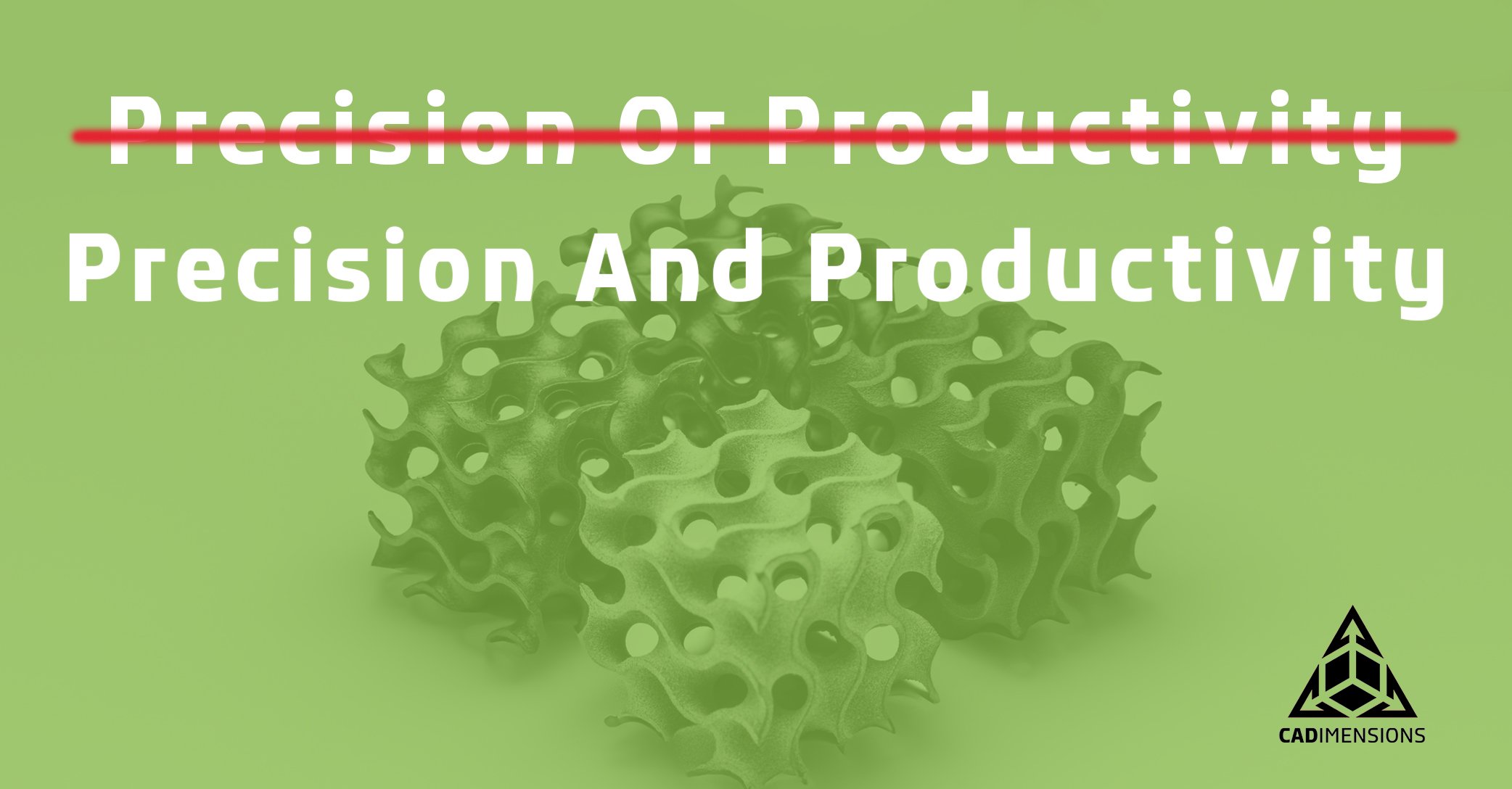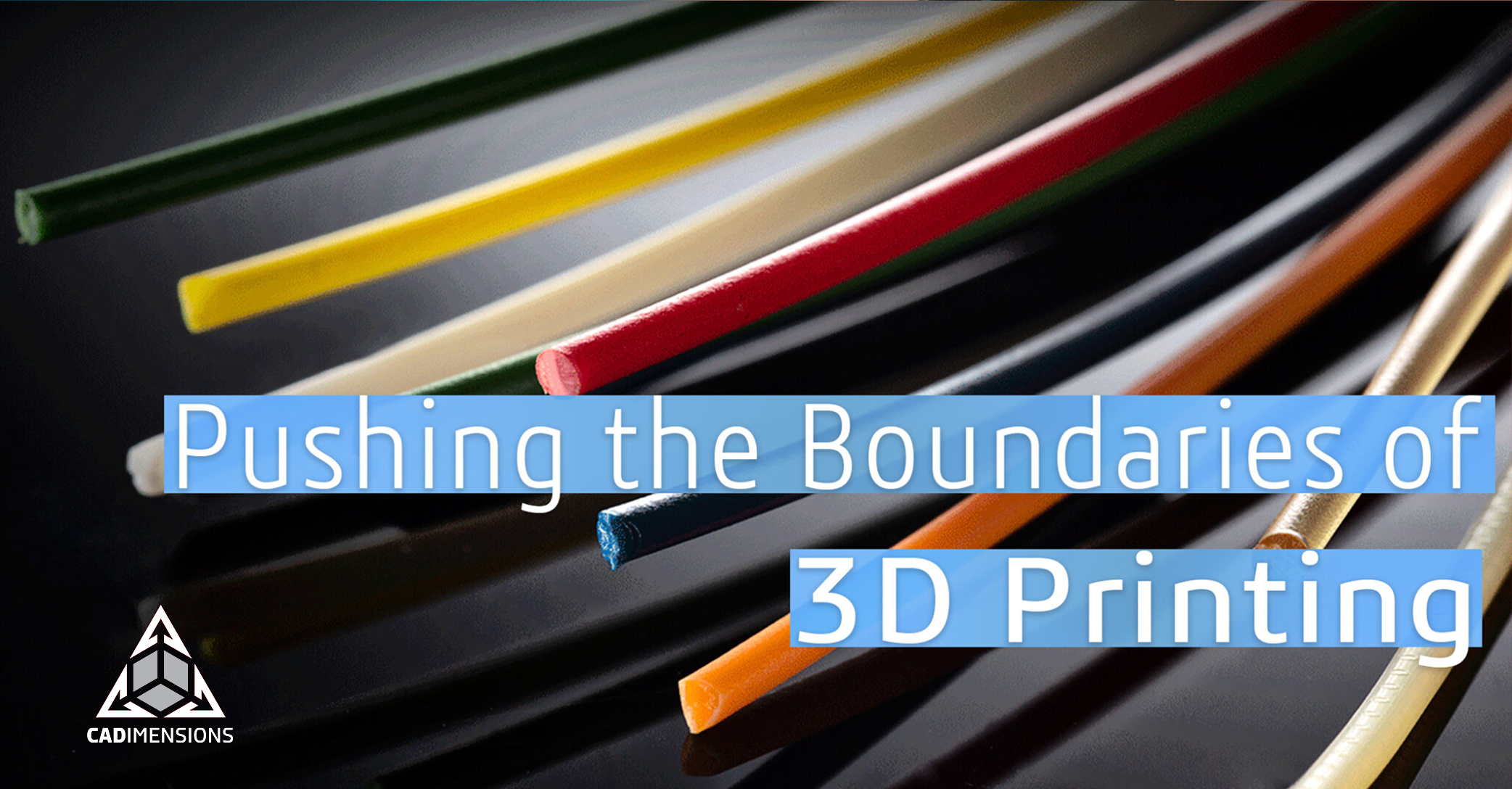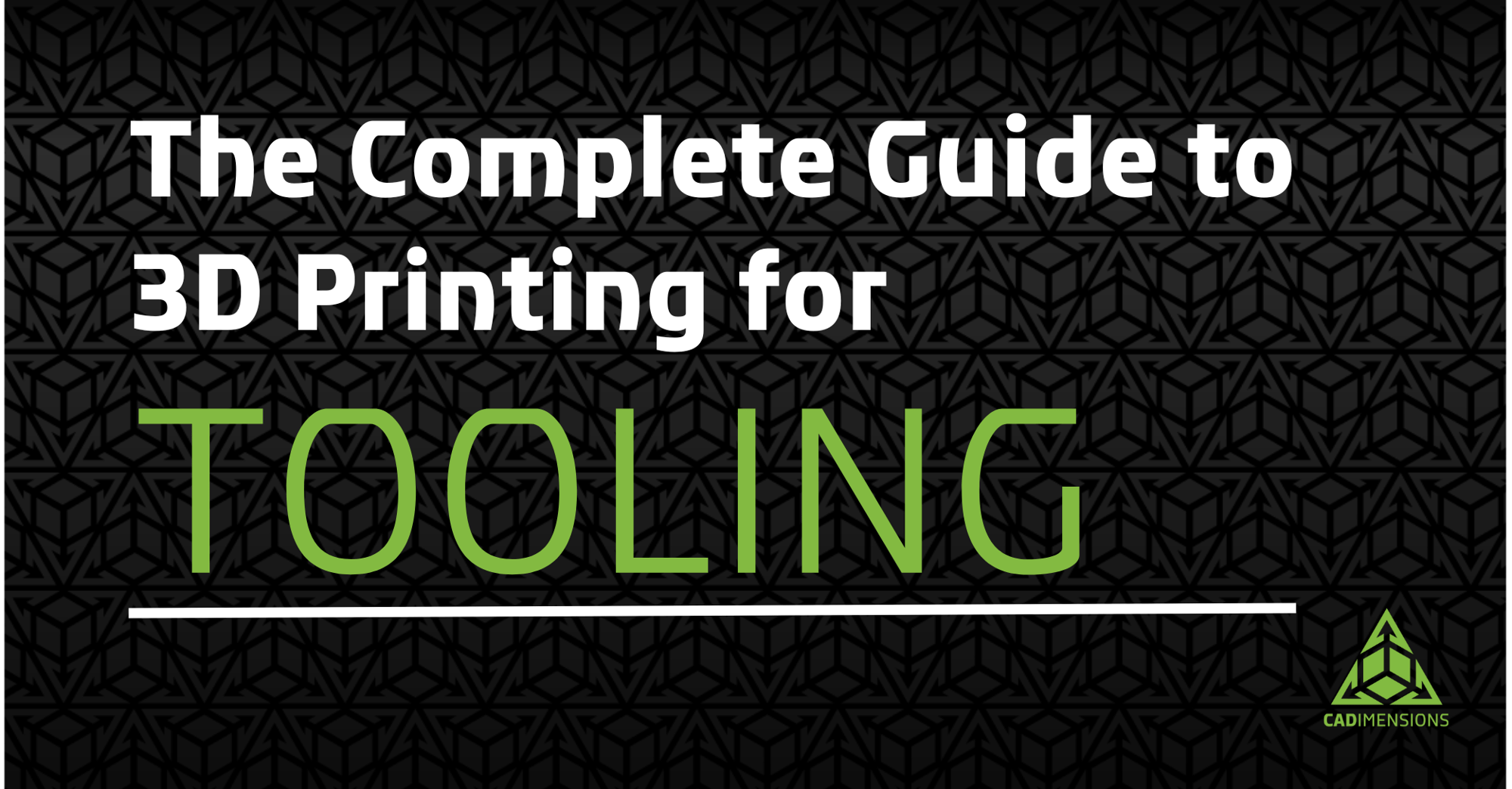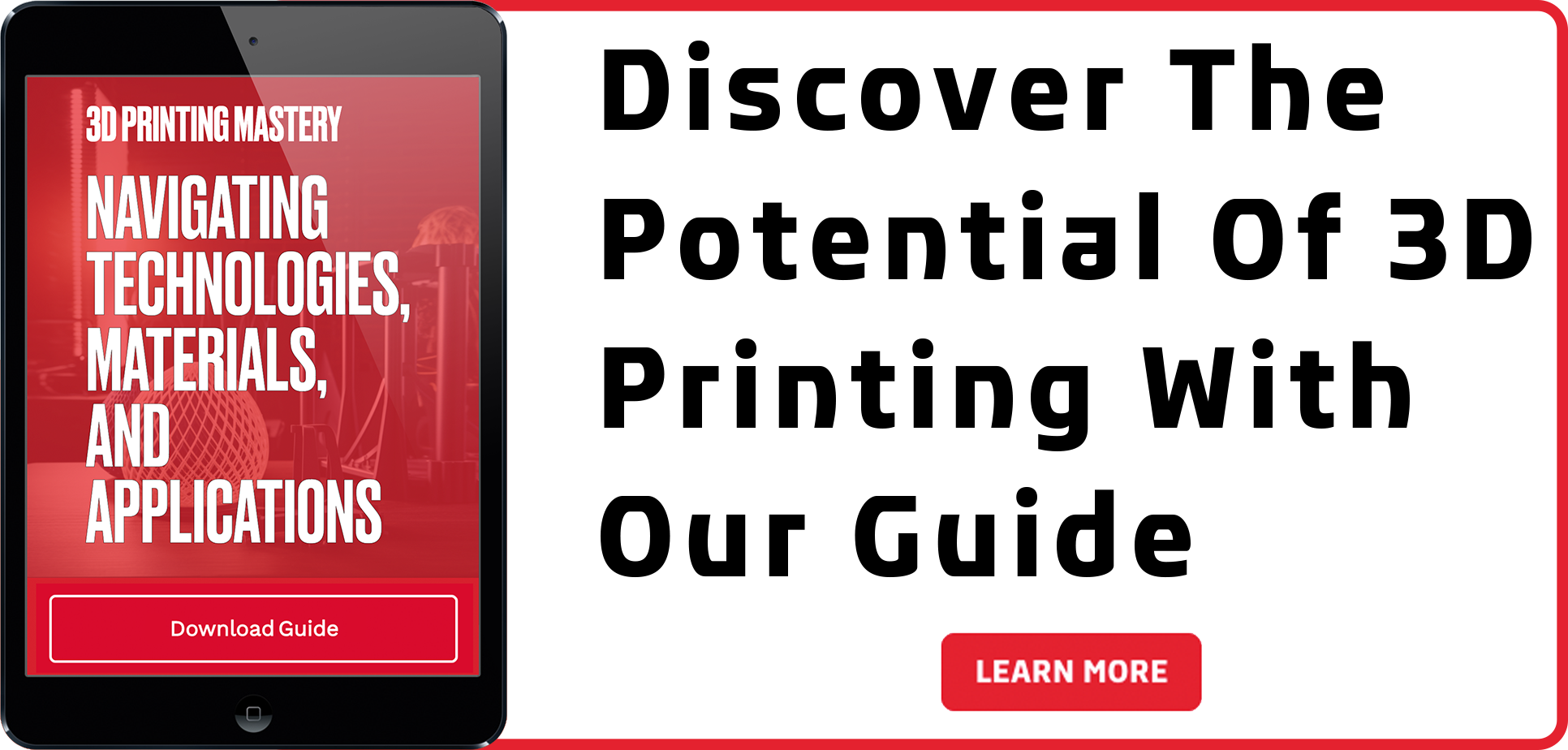Additive Manufacturing Is The Sustainable Option To Produce Prototypes
Why additive manufacturing (3D printing) is the sustainable and greener option to produce your prototype.
We are not the first to say it, and we won’t be the last: traditional manufacturing can be wasteful, overconsuming resources and outputting too much scrap. The current process is simply not sustainable.
Our planet wheezes under the negative environmental impact of wasted raw materials. The product may spoil and emit byproducts into the air, soil, or water. If production involves hazardous materials, more emissions than necessary may ooze into the surroundings. Not to mention the energy impact as well.
One study by MTU found that 3D printing an item used 41-64% less energy than traditional overseas manufacturing. This is just one case study that serves as a testament to the popularity, efficiency, and sustainability of additive manufacturing.
Versatility & Localization of 3D Printing
3D printing isn’t just seeing a boom in the manufacturing industry; it’s also playing a part in building construction. The target? Cement.
A partnership with Mighty Buildings and Fortera announced their new innovative cement that cuts back C02 emissions by over 60% compared to standard cement.
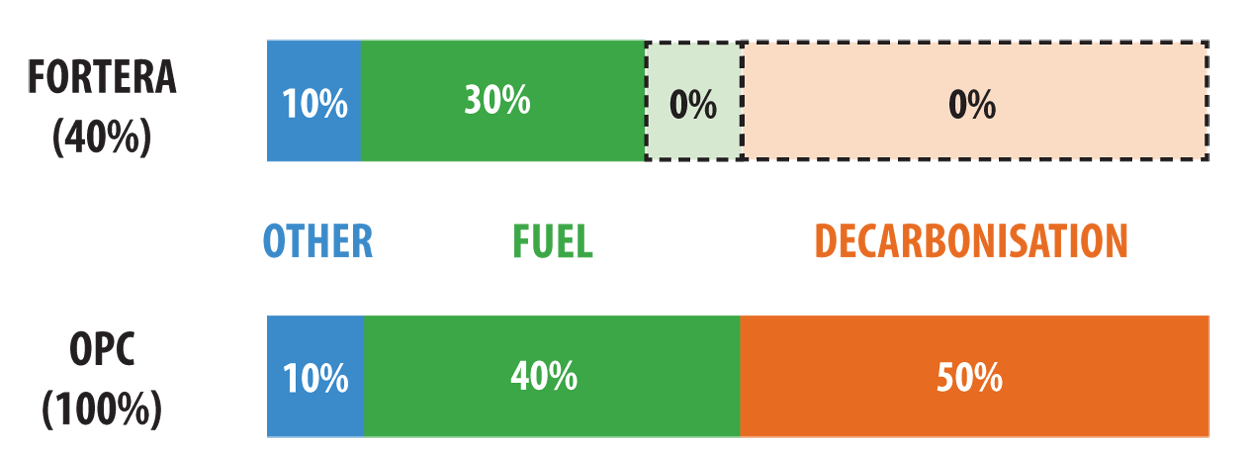
Imagine what possibilities lie ahead for other industries if you can build homes- communities- out of 3D printed materials.
According to the Advanced Manufacturing Office (AMO), they plan to use 3D printing to achieve higher productivity in the aerospace, defense, transportation, manufacturing, and energy production sectors by 2022 and beyond.
Even now, we’ve seen 3D printing offering a saving grace amid our supply chain crisis. Companies can use this methodology to avoid traditional manufacturing materials that come with the associated volatility of our global supply chain.
But these elements of additive manufacturing are only minor benefits that make it attractive. The real winner is sustainability.
Sustainability of Additive vs Subtractive Manufacturing
Additive manufacturing is not only incredibly versatile but also very sustainable compared to subtractive manufacturing.
Sustainability is achieved through three primary factors: improved quality of materials, reduced amount of materials, and heightened longevity of materials. The pursuit of sustainable materials in 3D printing creates value by eliminating extra scrap, thus, reducing unnecessary waste.
For example, a plastic prototype of a non-conductive wire mount can be 3D printed in one piece instead of created via separate injection molds that need to be assembled. The same goes for other resource-intensive prototypes, such as engine parts, machinery, medical equipment, and electronic products.
According to a study by the European Commission, additive manufacturing could save up to 90% of raw materials needed in manufacturing by 2050.
Even the US Department of Energy estimates that 3D printing could cut materials and waste costs by 90% compared to traditional manufacturing, all the while slashing manufacturing energy use by 25%.
Get Your Prototype 3D Printed
If you have a project that requires a 3D printer, you will face two options: do it in-house or hire out the work. In the long run, getting your prototype 3D printed by a professional will save your team an immense amount of resources.
Why? Because you need not only the tools but also the talent. You’ll have reduced overhead costs because you’re taking all that out-of-house for the occasional 3D printing projects you have.
You can get your prototype 3D printed by our team of engineers today.

